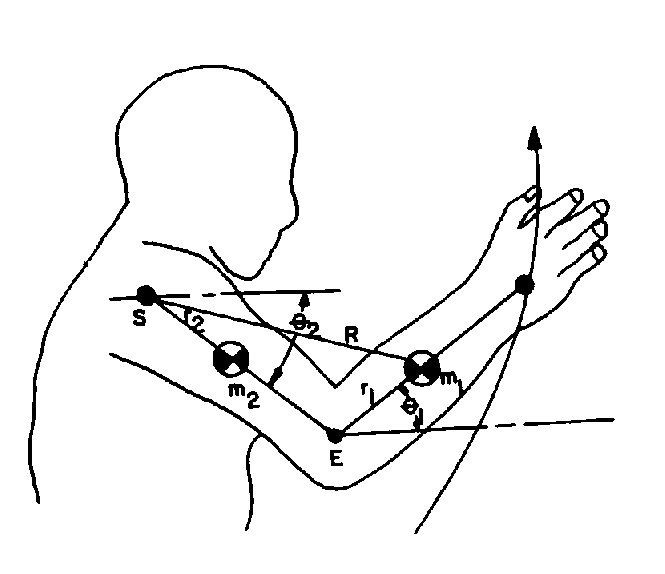Static or quasi-static analyses are adequate for movements that are relatively slow or that involve a single joint. When we consider movements that are rapid or that involve a kinetic chain of several joints, we must consider "interaction torques" or "motion dependent torques." These torques are of three varieties:
- inertial torques
- centripetal torques
- coriolis torques

